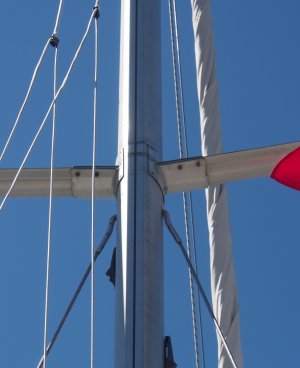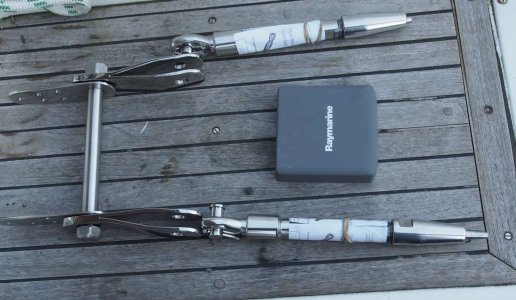B27
Well-Known Member
I had a shroud fail on a dinghy at about 13 years.
Talking to a few people it should be expected.
Funny stuff, stainless IMHO.
Failures are pretty rare, but then lots of boats are not used much.
Talking to a few people it should be expected.
Funny stuff, stainless IMHO.
Failures are pretty rare, but then lots of boats are not used much.


